FINDER Electric meters
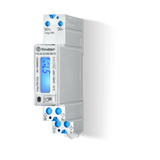
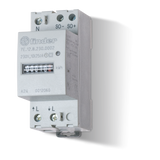
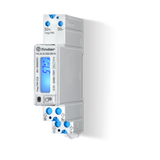
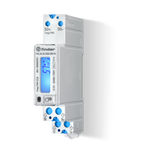
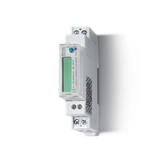
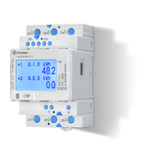
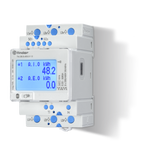
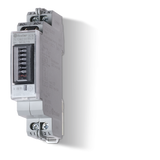
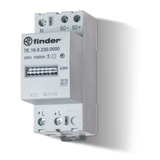
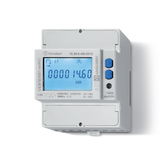
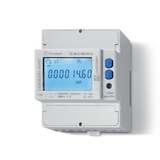
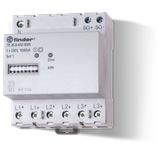
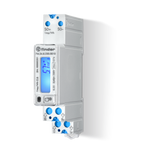
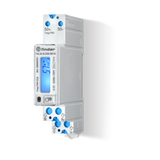
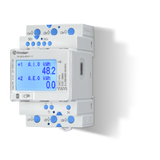
Finder Electric Meters for Industrial and Commercial Use
In any modern installation where accuracy and accountability matter, energy metering becomes part of the control system itself. Finder electric meters are common in industrial boards, automation cabinets, and building panels — wherever you need to track consumption, balance phases, or monitor power quality. From experience, installers usually mount them next to contactors and protection devices, so the technician can see real-time load values while servicing the circuit. These meters are not just for billing — they’re for understanding how a system behaves under load.
Technical Characteristics of Finder Energy Meters
Finder metering devices share the same design philosophy as their relays and timers — compact, modular, and reliable under continuous use. Technicians who work with them daily appreciate that every model follows the same logic: DIN-rail mounting, intuitive wiring, and clear labeling.
Key features typically include:
- Voltage range: 230 V single-phase and 400 V three-phase options
- Current range: up to 63 A direct or via CT inputs for higher loads
- Accuracy class: Class 1 or B (IEC 62053)
- Interfaces: Modbus RTU, M-Bus, or pulse outputs for system integration
- Operating temperature: –25 °C … +55 °C
- Enclosure width: 2–4 DIN modules
- Certifications: IEC 62052-11, 62053-21, 62053-31, 62053-6
In practice, the build quality is consistent across Finder’s lineup — same terminal torque, same labeling font, same mechanical tolerances. It simplifies assembly work when you’re combining relays, timers, and metering units in one enclosure.
Practical Integration and Use Cases
In real installations, Finder power meters appear in all kinds of systems. In lighting distribution panels they monitor circuit consumption for different floors or zones. In industrial automation, Finder electricity meters feed Modbus data into PLCs to support load balancing or efficiency analysis. Service teams often use them for preventive maintenance — spotting unbalanced phases or rising current draw before a fault appears.
Finder smart meters, especially the communication-enabled versions, are used in multi-tenant buildings and infrastructure where remote monitoring saves time. Installers like that configuration doesn’t require exotic tools — just standard terminal access and clear wiring diagrams. Once commissioned, these devices run for years without recalibration, which matters when panels are mounted high or in restricted areas.
In automation retrofits, the compact form factor allows adding Finder consumption meters without redesigning the board. That’s why integrators often keep a few models in stock — the interchangeability and reliability make them a default choice.
Procurement and Wholesale Considerations
From a procurement perspective, choosing the right Finder meter system often comes down to matching specifications and delivery terms rather than brand loyalty. Buyers typically compare:
- Direct vs. CT connection models
- Coil or auxiliary supply voltage (230 V AC / 24 V DC)
- Pulse output type and communication interface
- Terminal layout and mounting width
- Compatibility with existing Modbus or M-Bus networks
Wholesale teams also evaluate packaging format and lead times. In most European markets, Finder maintains steady supply through authorized distributors, so project schedules remain predictable. When you buy in bulk, mixed-model pallets are common — ideal for panel assemblers stocking multiple amperage ranges.
Another common factor is cross-reference matching: procurement managers often replace other European brands with Finder equivalents due to similar dimensions and standards. For large OEM or system integration projects, that reduces documentation effort and service complexity.
European Distribution and Logistics
Bank of Lamps supplies Finder metering devices through its central warehouse in Latvia, covering clients across the UK, Germany, Netherlands, Baltics, France, Spain, and Belgium. For bulk orders, shipments are consolidated to minimize freight cost and customs time. Stock turnover is constant — that means predictable delivery and the ability to reserve quantities for repeat builds.
For B2B customers — whether contractors, panel builders, or distributors — this translates into one thing: stable availability of Finder power meters and consistent logistics you can plan around.